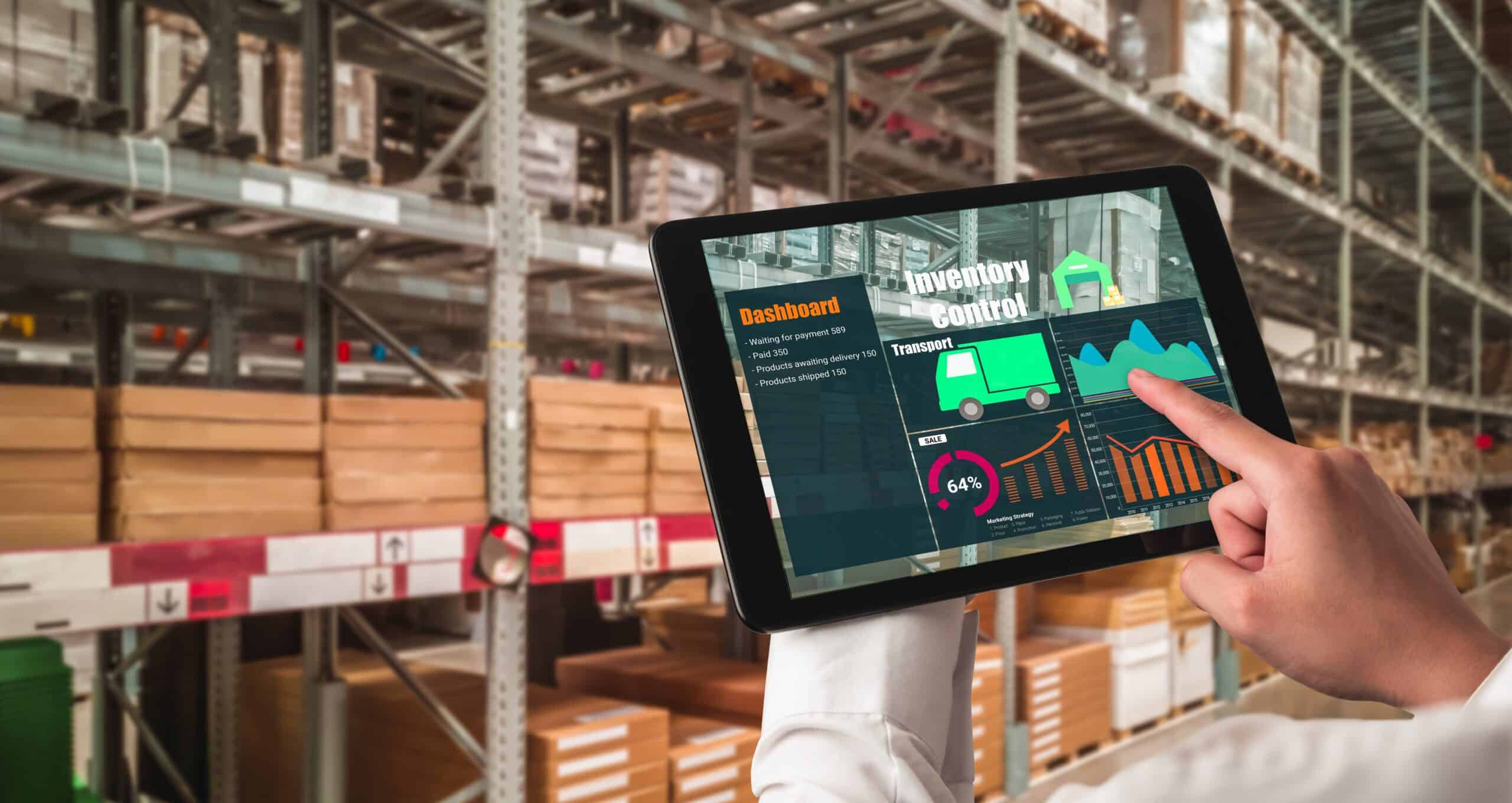
Having a reliable method to account for your inventory is vital for reporting your financials to stakeholders as well as having the appropriate information for your business taxes. There are three popular methods for this, and they are the FIFO, LIFO, and average cost methods.
If you are running a business, you are looking for all the tax breaks that you can get. If operating within the United States, there is an inventory accounting method called LIFO that can help ease your company’s tax burden.
Overview: What is Last in, First out (LIFO)?
LIFO can be defined as an inventory accounting method that expenses the most recently acquired assets first. This means that the newest assets are expensed, while the oldest assets stay on the balance sheet.
2 drawbacks and 2 benefits of LIFO
There are both drawbacks and benefits to the LIFO method:
1. Drawback: Prohibited internationally
The International Financial Reporting Standards prohibit the use of LIFO in accounting as it could be used to distort the financial position of a company. This means it is not ideal for use by businesses operating internationally, where their accounting practices would be scrutinized.
2. Drawback: Lower quality balance sheet information
Using LIFO provides you with information on the balance sheet that is lower quality than if you used another valuation of inventory method.
3. Benefit: Income statement
With LIFO’s expensing of the latest costs, there is a greater alignment with an income statement.
4. Benefit: Taxes
Using the LIFO method in the United States can lead to businesses having a significant break in taxes.
Why is Last in, First out (LIFO) important to understand?
The LIFO method is important to understand for the following reasons:
Profit margins
LIFO is important to understand since it lowers your profit margins and, in turn, lowers the tax liability for your organization.
Credit
Understanding LIFO is important if you are a business that intends to seek funding or credit. Since the LIFO method lowers your profit margins, your numbers might not look favorable to a lending institution.
Potentially happy customers
If you use the LIFO method and sell off the newest inventory first, your customers will likely be happy to be getting products that have not been sitting in a warehouse. A customer could see it as a good indicator of quality management to get the newest product.
An industry example of Last in, First out (LIFO)
A manufacturing company is having to combat rising costs due to inflation. In order to help the organization’s bottom line by way of a tax break, the company’s accounting department opts to use the LIFO method for inventory management. This means that the parts that came in the day before at a higher price than the previous season will be recorded by the accountant as being sold off first. This will then show that the company has had higher costs and a net income that is lower, providing the business with a reduction in taxable income.
4 best practices when thinking about LIFO
Here are some best practices to consider when thinking about Last in, First out (LIFO):
1. International business
If you are doing business internationally, you are going to want to use the FIFO method instead of LIFO in order to comply with regulations.
2. Average cost method
If there are reasons why both FIFO and LIFO turn out to be less than ideal methods for your organization, the average cost method is an option.
3. When LIFO is a good option
LIFO is a good option to use when you are operating within the United States and you have rising inventory costs.
4. Shareholders
One thing to keep in mind if you are planning on using LIFO is that if you use LIFO in your accounting, then you will have to use the same method when reporting your financials to shareholders. Since LIFO lowers the net income, it will also bring down share earnings.
Frequently Asked Questions (FAQ) about LIFO
What was the main reason for prohibiting LIFO internationally?
The main reason was having balance sheets that contained out-of-date information.
What is the difference between FIFO and LIFO?
The FIFO method counts the oldest inventory first, while LIFO counts the newest.
What method is best when there is zero inflation?
FIFO, LIFO, and average cost all have the same result when there is zero inflation.
LIFO for your business
If you are wondering if LIFO is right for your organization, you need to first think about whether you are only doing business in the United States. You will also want to look at this if you are facing rising costs. Given those two criteria, you will also need to consider whether showing a lower net income will put your organization in a negative light with its shareholders. If you are solely a U.S. business facing rising costs and it will not affect your value with stakeholders, LIFO could be an appropriate inventory-costing method.